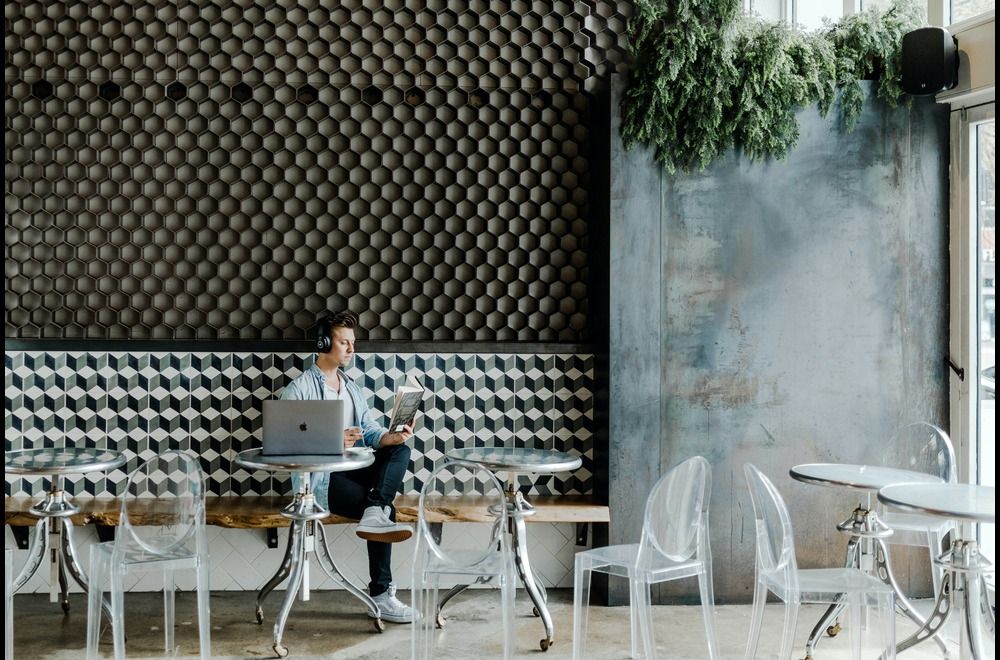‘Tethered Nomadism’: The Unintended Consequences of Return to Office Mandates

- In the wake of a global shift towards remote work, digital nomadism gained mass appeal:.
- The "Back to Office" movement is challenging the newfound flexibility workers have come to cherish.
- "Tethered Nomads" are working part-time in offices and part-time in settings of their choosing.
- The "Back to Office" drumbeat may continue to sound, but the "Tethered Nomad" is set to redefine the workplace
In the wake of a global shift toward remote work, a once-niche lifestyle choice gained mass appeal: digital nomadism. Offices were vacated in favor of makeshift desks in living rooms, beachside resorts, or highland mountain retreats, proving that for many, work was no longer a place but a task that could be performed from anywhere. As someone who was already a nomad with my family, I have delved into this phenomenon before, sharing the essentials for a successful nomadic life—whether solo or with family in tow.
The emergence of digital nomads is also reshaping both commercial and residential real estate. Commercial spaces face a transformative challenge as the need for traditional office environments diminishes with the rise of remote work. Companies are downsizing physical offices or converting them into flexible co-working spaces to accommodate hybrid models.
On the residential front, there’s an uptick in demand for flexible housing options that cater to a mobile lifestyle, such as short-term rentals and co-living spaces, which offer amenities conducive to remote work. Moreover, this shift is stimulating interest in less densely populated areas, easing pressure on certain urban housing markets while boosting real estate values in smaller cities and towns that are becoming hotspots for digital nomads.
Companies are calling their employees back to the corporate fold. However, this summons is meeting unexpected resistance, sparking a significant revolution in the workforce. Traditional office workers, having experienced the benefits of remote work, are increasingly trading fixed desks for a more independent and location-agnostic lifestyle.
Where once digital nomadism conjured images of free spirits traversing the globe, the recent State of Independence report by MBO Partners reveals a new twist: the rise of “tethered nomading.” This trend marks a redefined approach to digital nomadism, characterized by deeper roots and slower paces, reflecting how workers now engage with this lifestyle.
This shift is not just a continuation of remote work—it’s a challenge to the rigid structures of traditional employment. We are witnessing the decline of the conventional worker alongside the rise of the independent nomad, an era where the ropes of office cubicles are being exchanged for the freedom of life on the (slow) move.
Return to the Fixed Office Location? No, Thank You
The “Back to Office” movement, fueled by a desire to restore collaboration and company culture, is challenging the flexibility workers have come to value. After a long period of working from dining tables and home offices, many employees are questioning the daily commute and rigid office hours. This resistance is more than an inconvenience—it is a watershed moment redefining the employer-employee contract. As companies navigate hybrid work environments, creating well-defined remote work policies has become essential.
Forward-thinking companies have recognized these changes and are actively implementing policies that enable work-from-anywhere models. The blueprint for these policies stems from the understanding that work is what you do, not where you go. With appropriate strategies, businesses can navigate tax laws, compliance requirements, and duty of care for remote employees. Embracing digital nomadism not only expands the talent pool but also offers benefits like reduced operational costs and enhanced employee satisfaction.
The Rise of Tethered Nomads
The term “tethered nomad” may seem contradictory: “nomad” suggests freedom, while “tethered” implies being tied down. Yet this emerging term captures the evolving dynamic of the modern workforce, balancing the autonomy of nomadic work with certain fixed elements that provide stability.
A tethered nomad is not fully untethered from traditional work but not anchored to an office either. These workers combine the structure of conventional employment with the autonomy of remote work, crafting a hybrid lifestyle. They leverage technology and flexible policies to split their time between offices and locations of their choosing, resulting in a personalized work life that offers freedom with a consistent base to return to.
Workforce studies confirm this shift. MBO’s State of Independence report shows that a majority of independent workers are planning to continue being independent. Companies that fail to accommodate these preferences risk losing talent, as more workers pivot toward independent or flexible work arrangements.
Another trend: the population of tethered nomads remains more than three times larger than pre-pandemic levels. Some stay near offices to maintain their nomadic lifestyle, while independent workers—freelancers, independent contractors, and the self-employed—continue to grow, fueled by the flexibility that independent work offers.
Supporting the Nomadic Infrastructure
Businesses are taking note. Innovative employers are building robust support systems for this new way of working. Co-working spaces, flexible hours, and results-oriented performance metrics are gaining traction.
Companies like Boundless Life are pioneering services for tethered nomads with families—from co-living spaces to community-building activities—ensuring workers have the resources they need to thrive, no matter where they are.
As we navigate this uncharted territory, the signs are clear: the future of work will be defined by those who adapt, not cling to the past. The tethered nomad is more than a trend—it’s a movement, reflecting the desire for a balanced, fulfilling life that doesn’t compromise career goals or personal freedom.
The “Back to Office” drumbeat may continue, but the quiet revolution of the tethered nomad is redefining workplace rhythms. One thing is certain: the office, as we once knew it, has forever changed.
_____________
Rowena Hennigan is a global expert on remote work and digital nomadism.
Categories
Subscribe to the Insights blog to get weekly insights on the next way of working
Need high quality talent fast? ITN delivers top talent with verified skills and expertise
Learn more about MBO
Are you independent talent?
Learn how to start, run and grow your business with expert insights from MBO Partners
Are you an enterprise?
Learn how to find, manage and retain top-tier independent talent for your independent workforce.
Data driven reports
MBO Partners publishes influential reports, cited by government and other major media outlets.
Informed insights
Research and tools designed to uncover insights and develop groundbreaking solutions.


